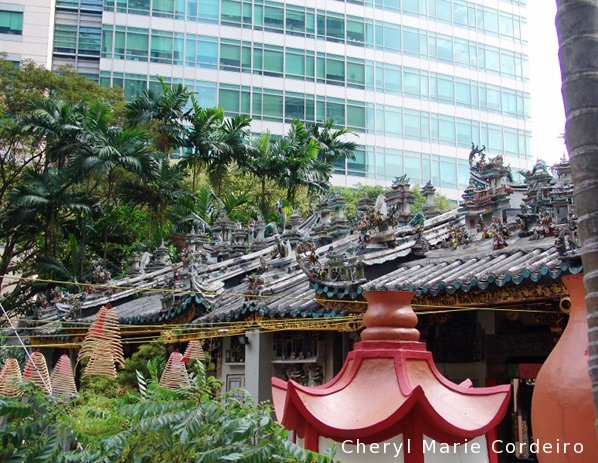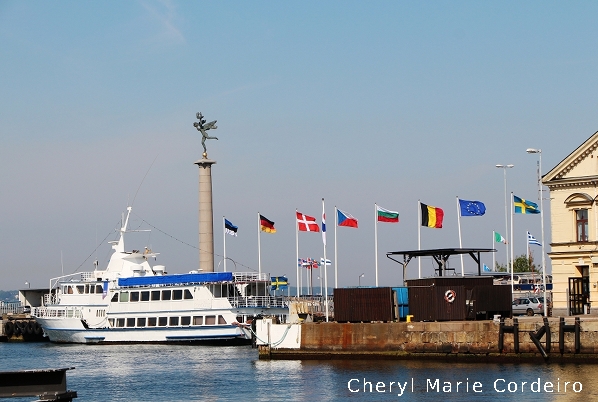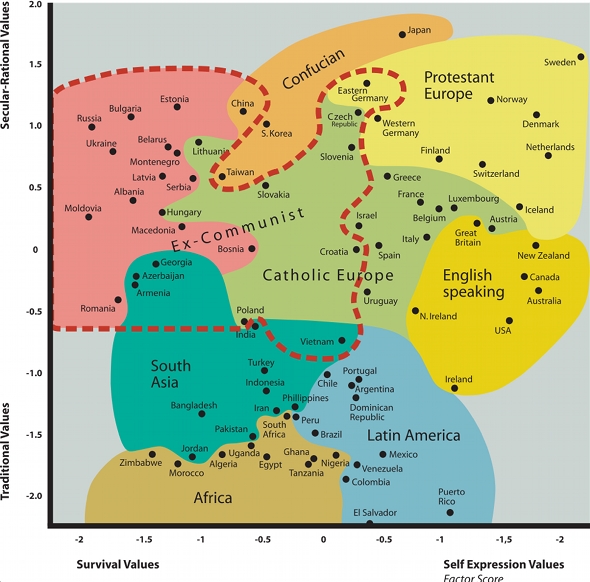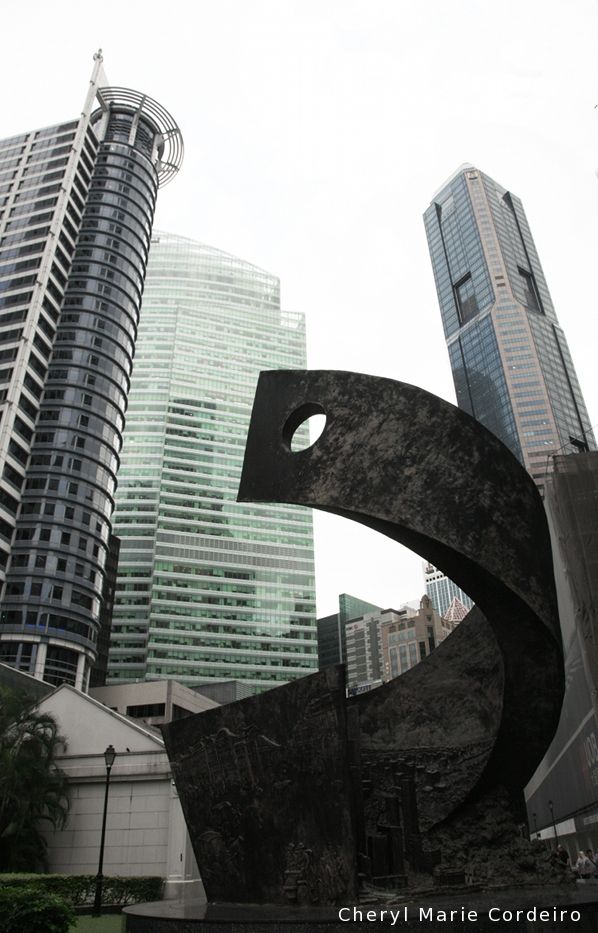In the highly globalised city of Singapore, strong conservative social traditions continue to prevail when it comes to cohabitation and partnership. Here, as an example of old meets new, East meets West, the ornate roof tops of Singapore’s oldest Taoist temple, the Yueh Hai Ching Temple meet the modern glass walls of skyscrapers in Philip Street in Singapore’s Central Business District.
Text & Photo © JE Nilsson, CM Cordeiro 2014
“Being married is so great, it’s so fantastic, it would be such an achievement to be married.”
That line came from a young woman who sat in a café that served French baguettes and kaffe latte to brunch not just two weeks ago, in Sweden. She grew up in Asia. She was highly qualified in academic credentials and currently has an ascending career in finance. But she’s in her late twenties and it was the general vibe from all back home in Asia, that it was about time she settled down and got married. Her parents were willing to engage a matchmaker to arrange a marriage if that was what it took to get her ‘settled down’ and feeling accomplished as a woman.











